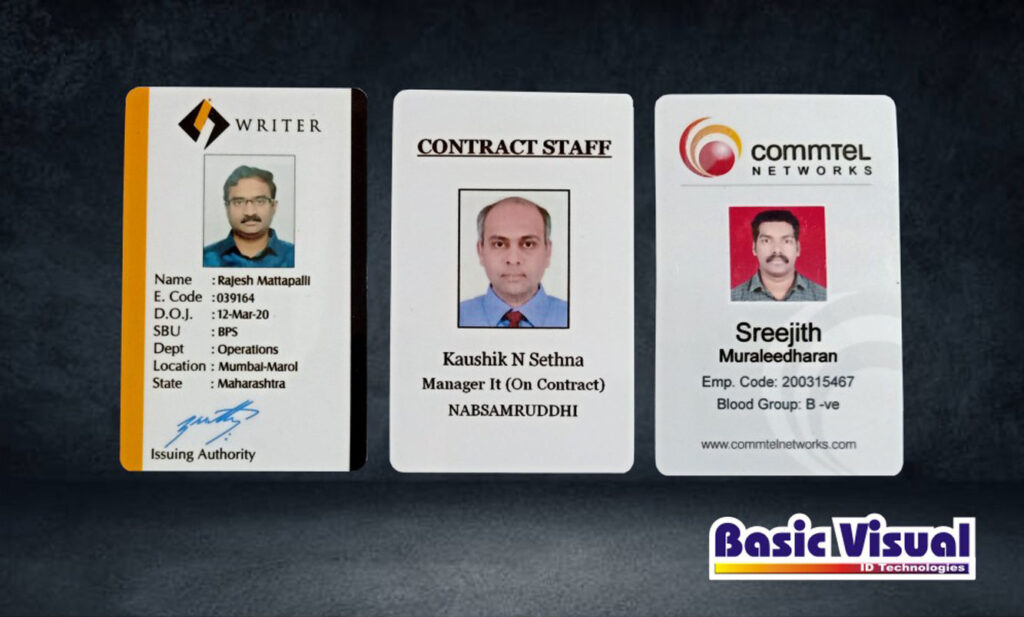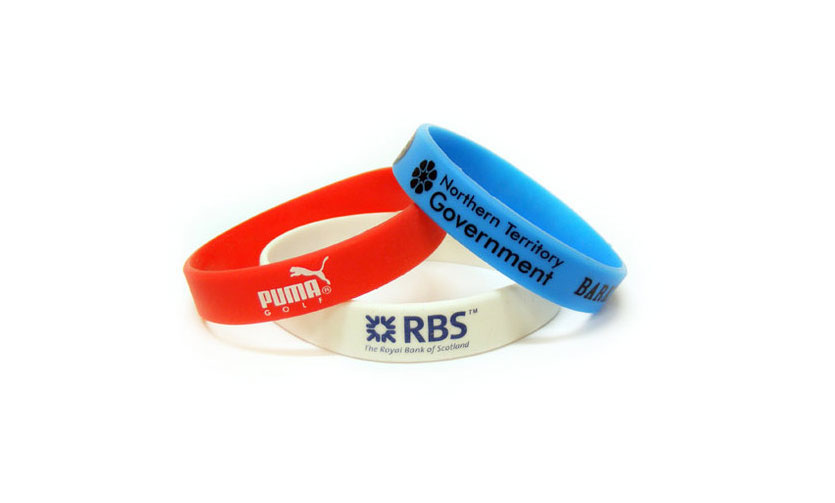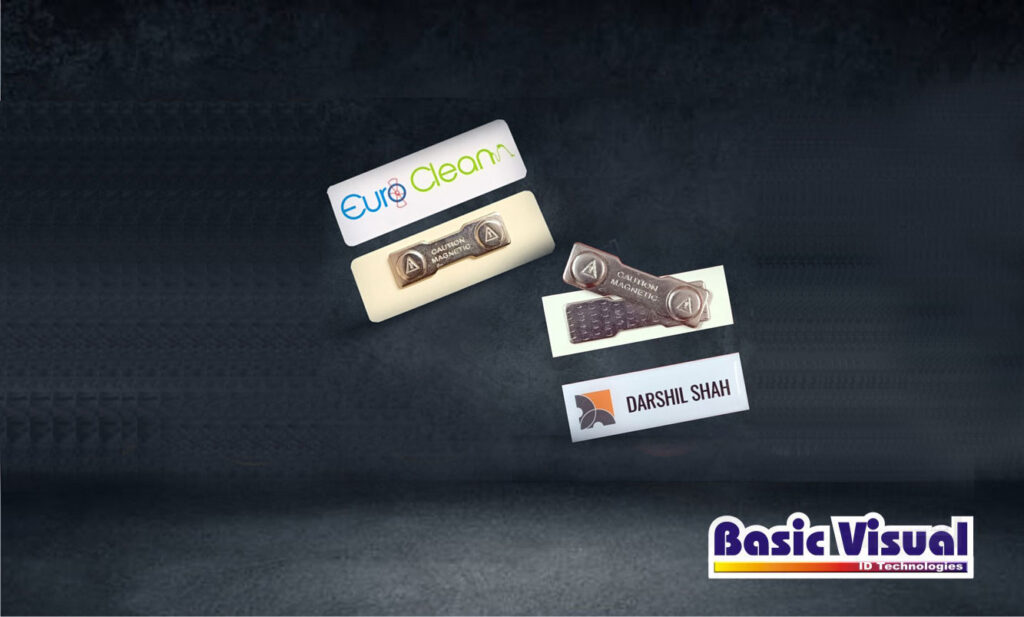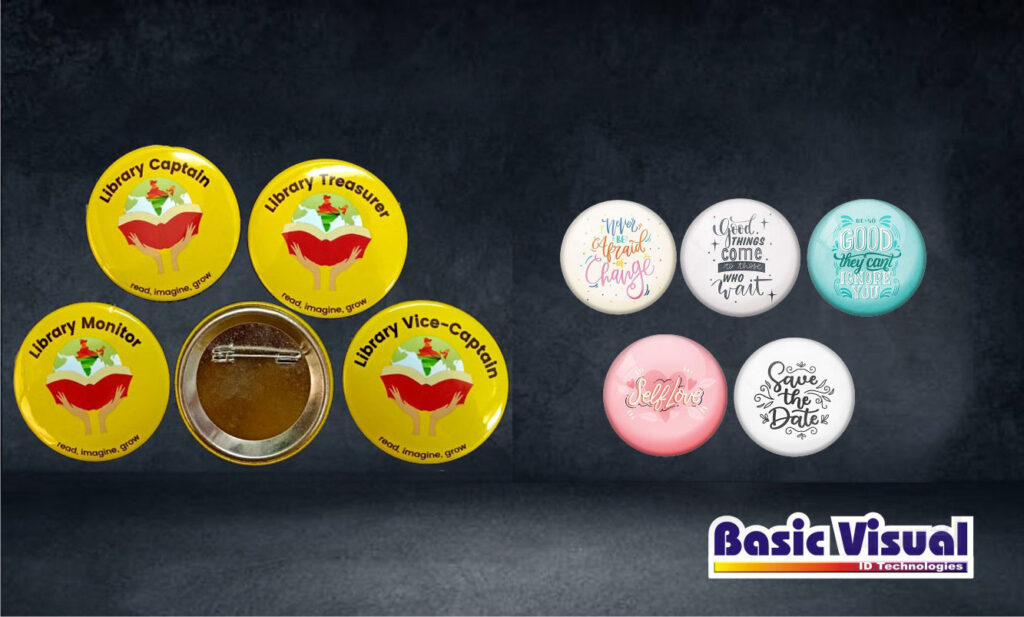Introduction
PVC ID cards are an essential tool for many businesses and organizations to identify their employees and members. They are durable and cost-effective, making them a popular choice for ID cards. In this post, we will provide an overview of PVC ID cards and their benefits, as well as a step-by-step guide for making them.
What is a PVC ID card?
A PVC ID card is a type of identification card made from polyvinyl chloride (PVC) material. It is known for its durability and can withstand wear and tear, making it ideal for everyday use. PVC ID cards come in various shapes, sizes, and colors, and can be customized to include a company logo or other design elements.
Benefits of using PVC ID cards:
- Durability: PVC ID cards are durable and can withstand wear and tear, making them ideal for everyday use.
- Cost-effectiveness: PVC ID cards are cost-effective, and businesses can save money by creating their own cards rather than outsourcing the task to a third-party provider.
- Customization options: PVC ID cards can be customized to include a company logo or other design elements, helping to promote brand identity.
- Improved security and safety: PVC ID cards can help to improve security and safety in the workplace by making it easy to identify employees and visitors.
How to make PVC ID cards:
- Choose and design the ID card template: The first step in making a PVC ID card is to choose and design the ID card template. This can be done using a software program such as Adobe Photoshop or Illustrator.
- Print the ID card using a PVC card printer and ink ribbons: After designing the template, the next step is to print the ID card using a PVC card printer and ink ribbons. The printer should be able to handle PVC material, and the ink ribbons should be compatible with the printer.
- Laminate the card using a laminating machine and PVC card laminates: Once the ID card has been printed, it should be laminated using a laminating machine and PVC card laminates. The laminating machine should be able to handle PVC material, and the PVC card laminates should be compatible with the machine.
- Cut the card to the appropriate size and shape: After laminating the ID card, it should be cut to the appropriate size and shape using a cutting machine or scissors.
- Punch a hole in the card for attaching a lanyard or badge clip: Finally, a hole should be punched in the card for attaching a lanyard or badge clip.
Tips for making PVC ID cards:
- Use high-quality ink ribbons and PVC card laminates to ensure a professional-looking ID card.
- Ensure that the printer and laminating machine can handle PVC material.
- Test the printer and laminating machine before starting the process to avoid any issues.
- Take care when cutting the card to ensure a clean and professional look.
- Keep spare materials on hand in case of mistakes or equipment failure.
Types of ID cards and uses.
- Employee ID cards Employee ID cards are used by businesses and organizations to identify their employees and provide access to restricted areas. These cards typically include the employee’s name, photo, job title, and department. Some employee ID cards also have barcodes or magnetic strips for tracking attendance or controlling access to specific areas.
- Student ID cards Student ID cards are used by educational institutions to identify their students and provide access to campus facilities and services. These cards typically include the student’s name, photo, ID number, and program of study. Some student ID cards also have barcodes or RFID chips for tracking attendance or providing access to library resources.
- Membership ID cards Membership ID cards are used by clubs, associations, and organizations to identify their members and provide access to exclusive benefits and services. These cards typically include the member’s name, photo, membership number, and expiration date. Some membership ID cards also have barcodes or magnetic strips for tracking attendance or providing access to events.
- Visitor ID cards Visitor ID cards are used by businesses, organizations, and institutions to identify their visitors and provide temporary access to restricted areas. These cards typically include the visitor’s name, photo, and the purpose of their visit. Some visitor ID cards also have expiration dates and security features to prevent unauthorized access.
- Government ID cards Government ID cards are issued by government agencies to identify citizens and provide access to government services and programs. These cards typically include the individual’s name, photo, address, and ID number. Some government ID cards also have biometric features such as fingerprints or facial recognition for enhanced security.
Conclusion
In conclusion, PVC ID cards are an important tool for businesses and organizations to identify their employees and members. They are durable, cost-effective, and customizable, making them a popular choice for ID cards. By following the steps and tips outlined in this post, businesses and organizations can create their own custom PVC ID cards that are secure, professional-looking, and long-lasting.









